“The first supermarket supposedly appeared on the American landscape in 1946. That is not very long ago. Until then, where was all the food? Dear folks, the food was in homes, gardens, local fields, and forests. It was near kitchens, near tables, near bedsides. It was in the pantry, the cellar, the backyard.” Joel Salatin
Once upon a time the food we ate did not come in a box or a bag or wrapped in shrink wrap with a stamp of government inspection marking it approved. In this long ago almost incomprehensible time, medicine was not purchased in a plastic jug with protective lids or seals on them. How inconvenient! How uncivilized! It must have been a hard way to live.
"Hard" is a relative term. Some might say it is hard work to grow food. Not knowing where we can obtain food or whether it will be affordable is a bit harder in my book. The cold reality is if you cannot produce it yourself, you must buy, barter, take someone else’s or perhaps hope you can rely on the generosity of others. In my book, the “hard work” of growing begins to look much more attractive, especially in terms of what allows me to sleep well at night.
The benefits of knowing where our food comes from makes a huge difference, both in boosting nutritional intake and avoiding the disastrous toxins found in modern food. But let’s be honest here. Considering the very real probability food prices continue to skyrocket, and given precarious global economic conditions and dramatic weather changes, it could very well make acquiring food a whole different ball game in the not so distant future. In many places, it already has.
Consider with me the notion of a cottage garden. While articles and modern references paint a picture of a botanical showpiece, sometimes featured in home and garden magazines, at one time the cottage garden was located behind many homes and provided much of the food and medicines for the family dwelling within. People regularly provided for themselves as part of their normal operating procedures. It wasn’t a burden, but just a way of life.
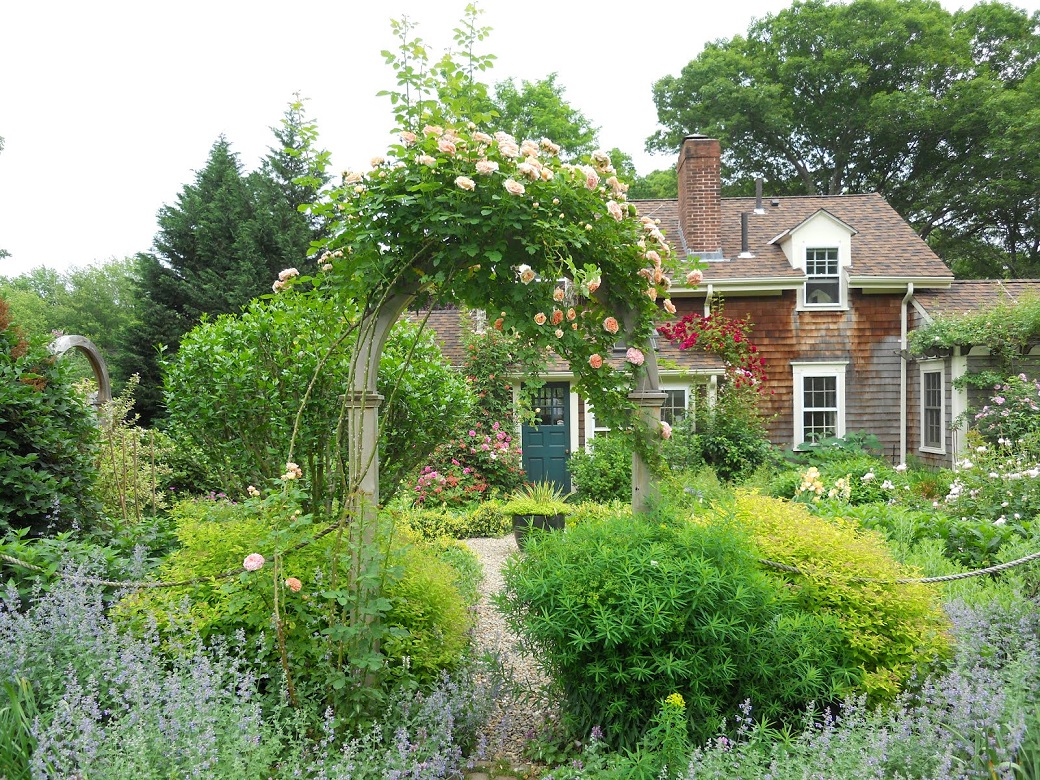
Simply defined, the cottage garden is a combination of fruits and vegetables, annuals and perennials, herbs and spices, vines and shrubs, all intermixed with flowers to attract pollinators. The result is often a beautiful chaotic appearance, quietly providing abundance for those who tend it.
A simply bench next to a lattice with flowering vines, a small section of ornamental fence or another esthetic structure is frequently situated to make this important growing place a living work of art. Deceptively, the layers of plants growing within can mean quietly providing a household with essential healthy substances, often without signaling that it is a typical summer food garden.
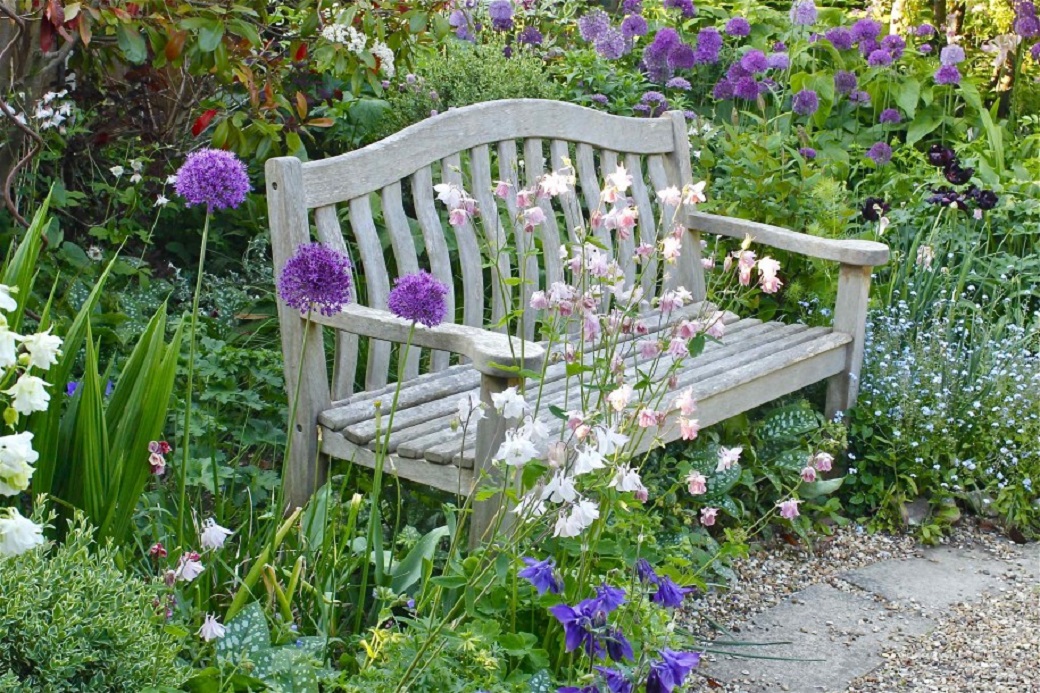
I have been accused of romanticizing subjects such as these, and perhaps that has some validity. No doubt there is a good deal of work involved from stem to stern. The learning curve is steep and the time commitment involved can be substantial. But the end result is incredibly rewarding when we can look upon our living creation and know it contributes to our own health and vitality and well as that of our loved ones.
I propose the concept of a cottage garden has no rules. Whether you live in a condo, apartment, rental house or sprawling suburban home, the idea is completely scalable. The most important step is to BEGIN. As Cog likes to say: how do we accomplish what appears impossible? The same way we eat an elephant, one bite at a time.
It might begin with a container planted with horseradish for a condiment. Highly nutritional and medicinal, as an aggressive perennial, once grown it will come back forever (with a vengeance lol).
Maybe there is an unused corner of your yard or even a flower bed where some mints can be planted. Again, these reappear on autopilot each year and provide basic herbal teas for stomach remedies and skin conditions. The enormous list of herbal cures you can grow requires no visit to the doctor, no health insurance or pharmacist and are as old as recorded history. They remain the same basic effective prescriptions, often without side effects.
Root vegetables and medicinal condiments are quite easy to grow, as I have done all the wrong things and still ended up with prolific harvests. Sweet potatoes, turmeric and radishes have multiplied beneath the surface while vining morning glory flowers and flowering butternut squash escaped their confines of their own beds and grew directly above. Anarchy in the garden never tasted so good.
What may appear to be decorative tall sunflowers can be harvested for their remarkable seeds. Able to help our bodies to detoxify from all the heavy metals we consume in our modern lifestyles and even radiation, the seeds will store all year. It can become a wonderful and rewarding task to involve children in the process from start to finish.
Companion planting techniques with vegetables can facilitate lower maintenance, high impact production of corn, beans, squash and can be utilized and intermixed with plots or short rows of ornamental hollyhocks and phlox for a riot of growth. There are no firm rules other than avoiding the mixing of plants who don’t get along. Like children, sometimes the unruly just need to be separated. Other times, putting together very different combinations can produce pleasantly surprising results. <Hey, are those cucumbers growing between my kidney beans?>
Even with a limited amount of outdoor room, an apple tree or two, some raspberry or blackberry bushes and especially blueberries are fairly maintenance free and add beautiful flowers in the spring and abundant pickings in the summer. Sauces, fresh frozen fruits, juices and jams are suddenly at your fingertips. It makes it well worth the small, one time investment to consider.
Wonderfully, I find the cottage garden concept can be forgiving, as I look upon my sun room as my makeshift version during the brutal winter months. Armed with a small bit of space and one south facing window, here I grow in containers. Each year the experiment of indoor growing has changed dramatically, and this year is no different.
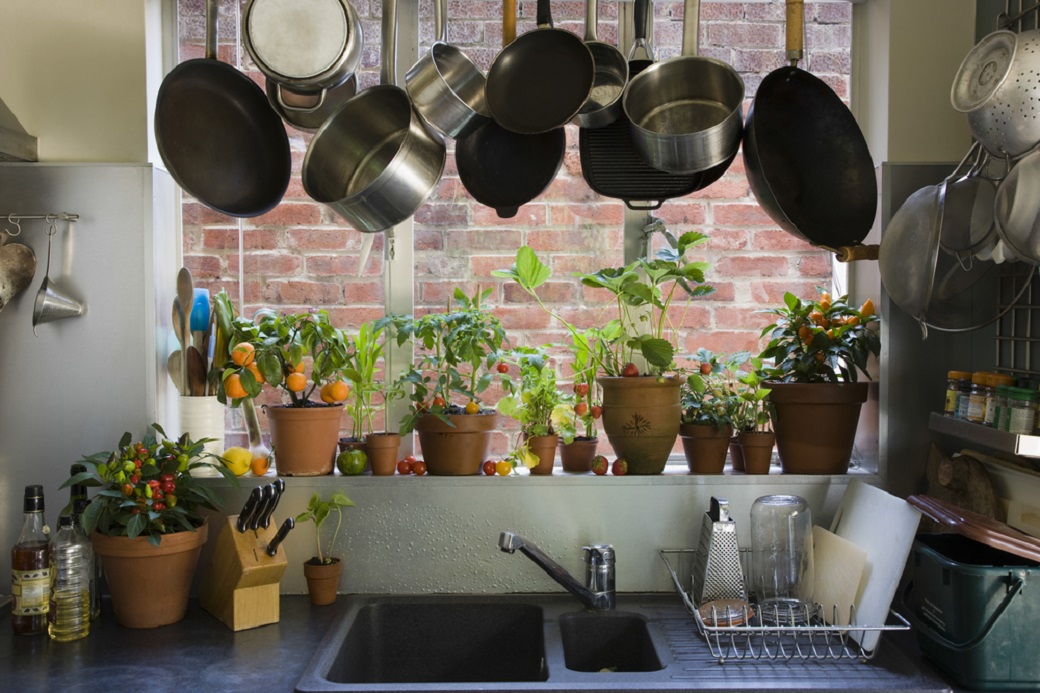
Originally I grew strawberries and herbs over the winter. Once my outdoor strawberry patch and herb garden took off, I was able to grow plenty in order to freeze ample berries for the wintertime and dry (or freeze) fresh spices to last for a long time. Besides, the indoor growing of herbs tends to be accompanied by small fungus gnats which Cog abhors.
Later, other indoor experiments morphed into digging up and potting the best jalapeno and green pepper plants to winter indoors. I must say it was a treat to pick a few fresh organic peppers when preparing dinner. We also germinated and grew dwarf lemon trees which are now entering their third year and hopefully will begin to regularly produce lemons soon.
Microgreens and sprouts can be continually produced on any windowsill for fresh and super nutritious greens no matter the time of year. Lettuce grown in pots can be cut low and regrown throughout the winter until chilly spring conditions permit outdoor growing again. Basil and thyme thrive on most windowsills for delicious and medicinal flavorings.
There are endless possibilities of arranging growing environments that please the mind. The trick is to motivate ourselves to begin and then enthusiastically stay involved. Viewing this process as a creation of art instead of a series of dreaded tasks is key. Narrating the story to ourselves that describes the growing spaces of our own cottages, whether they are small and urban or rustic and rural, simply requires making the decision to begin. What could your cottage garden look like?
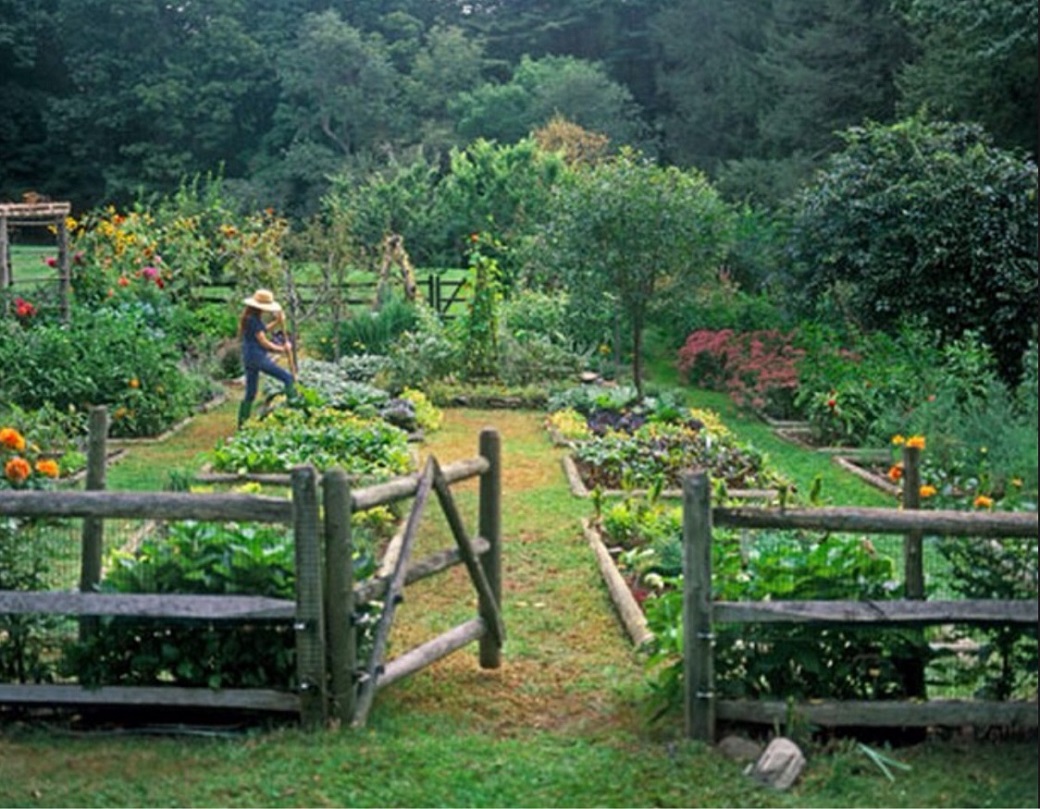
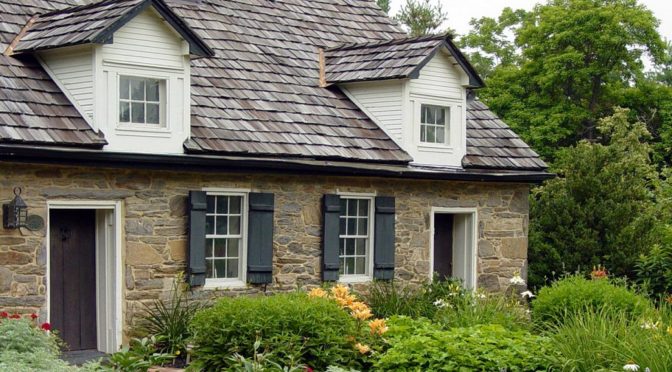

Mrs.Cog
Nice garden!I only wish I could grow mine so pretty.Where I live we have a semi-arid type climate with a month without rain followed by 10 inches in a week.Also we don’t really have soil to speak of,just an inch of topsoil on top of limestone caprock.So I have to grow in containers with irrigation for most things.
Even with the difficult conditions to deal with I still manage to grow a nice variety of veggies and herbs.What I learn will also scale up if I ever move to a place with real soil.More importantly,working in my garden allows time for contemplation.I like to think that working with earth,air,fire,and water as it pertains to plants also helps with my inner alchemy.
Keep those garden articles coming.By the way,did you ever make friends with your crows?
Kestrel
Kestrel,
The crows are avoiding us lately. Perhaps it is the increased black bear activity in the yard? I intend to extend an olive branch the first chance they give me. :-)
Do you have a deer “problem” in your neighborhood? Your garden looks very inviting from a deer’s point of view.
Greg,
The above images are not of our garden, but rather some rural examples. Our garden, pictured below is jokingly called the “Fortress Garden”. (The local farmers think I’m nuts lol)
First, let me say… we don’t call them “problems”, I prefer the gentler term deer issues. Cog humored me when starting our garden after moving to the mountain almost 4 years ago. The fence posts are ten feet long, with the lower two feet sunk into the ground in cement. We buried bunny wire along them in a trench and stretched the above ground fence 8 feet high. This generally keeps the deer from going over, the bunnies and friends from tunneling under, and the bear from leaning on the fence and caving it in. They ALL want our apple trees and other treats within. In total, our fenced in “cottage garden” is about a 1/4 acre in size.
That said, the deer LOVE my day lilies and roses outside the garden. I’m sure they see them as cheeseburgers as they disappear in a feasting frenzy when it happens.
Here is the thread from when we installed our “fortress garden fence” https://twoicefloes.com/forums/topic/mrs-cogs-fortress-garden/#post-6172 It’s held up and worked out quite well. Once a summer you might find me chasing a stray bunny who evaded my security, but no real losses. :-)
That looks more like it! My dad had a similar fence. His kept the jumpers out but it seems like he was dealing with the digging critters on a regular basis. My uncle’s approach was more to the point. He kept a .22 and a 30-30 in his garden shed – always had a full freezer. :-)